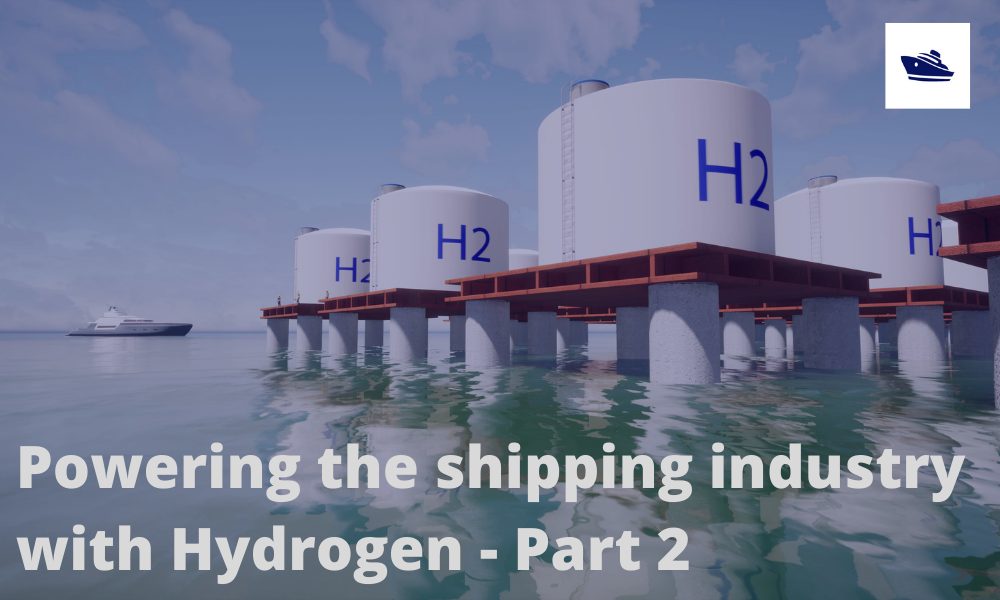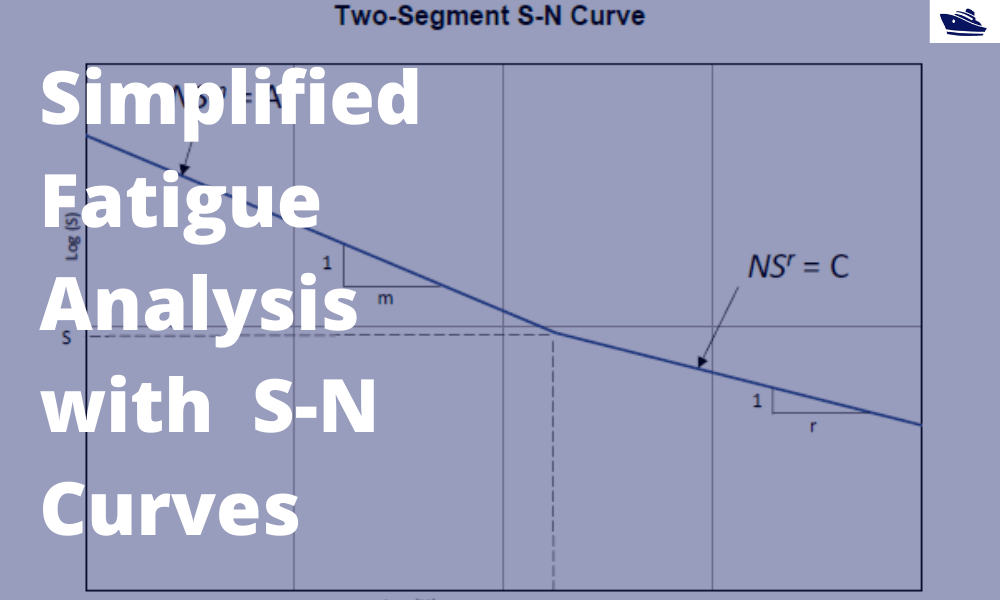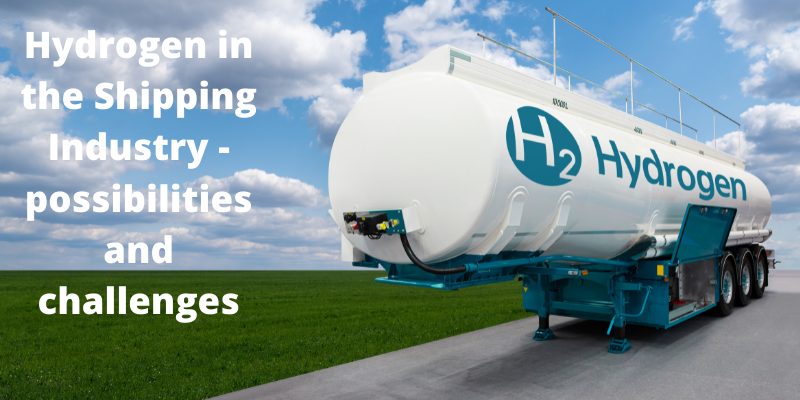Powering the shipping industry with hydrogen - Part 2: Hydrogen propulsion on a ship - opportunities and challenges...


Powering the shipping industry with hydrogen - Part 2: Hydrogen propulsion on a ship - opportunities and challenges...

A simplified method of performing fatigue analysis of offshore structures Introduction An offshore structure is...

Part 1: About Hydrogen – Basics, Opportunities, and Challenges Of late, hydrogen has been generating quite a buzz in...
by Bijit Sarkar, Naval Architect Introduction The eternal search of a naval architect – a perfect bow. Sadly, it never...
What is a mooring line? Mooring lines generally comprise ropes, wires, chains or combination of wire and chain used to...
A cylindrical deck cargo (Source: Wikimedia) Introduction A ship’s deck is used to transport many different types of...
Pad-eyes are one of the smallest and most universally used structural items in the maritime and Oil & Gas...
A vessel at berth experiences much lower forces compared to a vessel in the open sea due to the milder environment,...
Cathodic protection of a structure is an exercise which requires close study of the structure on which it is going to...
This is the first in a series of articles on 'Role of a Naval Architect' by Mr Bijit Sarkar, a Naval Architect with...
By Tamal Mukherjee, This is the Part 1 of a two part article on the Bulbous Bow. Part 2 can be accessed here *This...
Anchoring is a fundamental and sensitive operation for a vessel. When a vessel is at anchor, it swings to align itself...